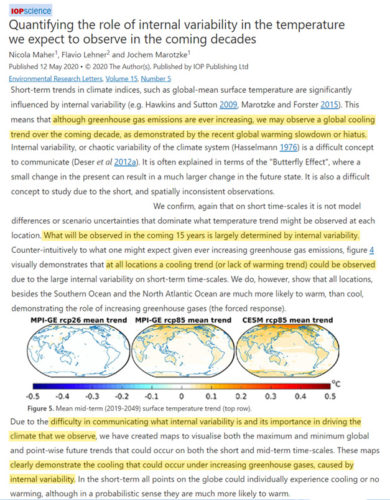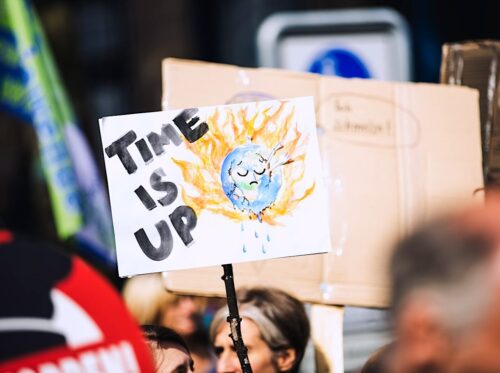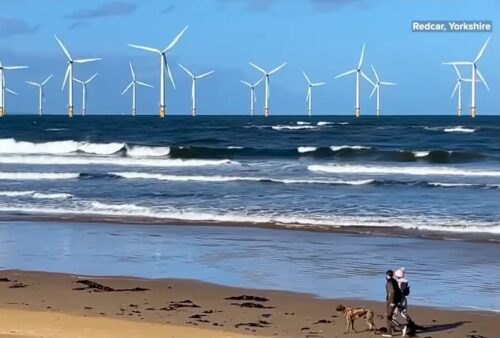
Maher et al. (2020) acknowledge that internal variability in global surface temperature variations is “a difficult concept to communicate” because we have very few observations of its impact and so we must rely on assumptions about how the climate system might work.
Those who try to explain how internal variability affects global surface temperature often use the “Butterfly Effect” paradigm; they assume that small changes now can lead to larger changes decades from now.
Because global temperature trends are “largely determined by internal variability”, global cooling or another warming hiatus could very well be observed over the next decade.
Actually, as Maher and colleagues explain, “even out to thirty years large parts of the globe (or most of the globe in MPI-GE and CMIP5) could still experience no-warming due to internal variability.”
h/t Rúnar O.
Read more at No Tricks Zone




















The natural cycles of circa 2 degrees range every 1,000 years are well demonstrated in the actual temperature record and are now at a maximum, so will fall for 500 years, with minor ups and downs along the way.
My markup of GISP2 data with the last 150 years added, probably an over estimate as it isn’t warmer than the Mediaeval Warm Period in fact.
https://www.dropbox.com/s/e1n7oivlcpylkh4/Interglacial%20Temperature%20Observations%20BRL%20CATT.jpg?dl=0
Ludeceke and Weiss 2017 for the recent 1,000 years of this and the way the three strong cycles combine:
https://www.dropbox.com/s/771k4cahlxndt7l/Ludecke%20und%20Weiss%20Graph.jpg?dl=0
Like the North Pole and the South Pole for instances